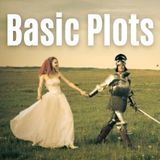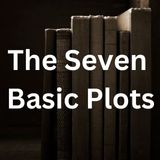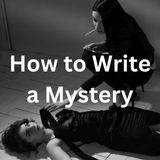How do you come up with 48-60 scenes?
by Devon
(Athens)
My question is if I'm planning for sixteen chapters and I have 4 scenes should there be one scene per chapter? Something else that I'm confused about is how do you come up with 48-60 scenes. I did all the sign posts, but I only have 4 scenes. I hope this makes sense.
Your site is wonderful, BTW. I've learned so much.
Answer: I like to think in terms of events rather than scenes. A scene is defined as a block of continuous action at a particular location, whereas an event is defined as a significant change that sends the characters in a new direction. So a signpost is an event.
These definitions matter because sometimes one scene can contain a number of events. This is often true in plays where all the action takes place in one location using one set. It's also true that an event can involve action simultaneously taking place at several locations (therefore, several scenes). You see this frequently in film.
Of course, you are also free to have just one event per scene. This makes things easy, but it means writing a greater number of scenes.
If you were to write each signpost as one event, 4 signposts x 4 throughlines = 16 events. The five drivers would be another five events, for a total of 21.
On the other hand, if you decide to develop each signpost into a sequence of 4 events, then 16 signposts x 4 would give you 64 events or scenes, 69 including the drivers.
Of course, you may not need to make
And, just to make things more confusing, Dramatica suggests that there can be other kinds of events in a story. If we assume the signposts are "plot events," you may also have events that are just there to illustrate theme -- different sides of the thematic message you want to include. Or you could have events that are there to illustrate and develop relationships among characters.
The point is... it's your choice how you want to develop your signposts. Dramatica simply suggests that they all be there for your story to feel complete. Don't get hung up on the math. Just look at each signpost and decide what is the best way to tell the story. Maybe a signpost is best illustrated by one big event. Maybe it's best as a change that develops over several scenes.
As for chapters, it often makes sense to insert a chapter break after one event has completed and the reader is looking forward to what the next event will be. However, if you have an extremely long event, you may need to spread it out over more than one chapter. Long events tend to have their own four-part structure, just like a sequence, so there are places where it feels more natural for a break to occur.
- Home
- Plot Questions
- How do you come up with 48-60 scenes?














